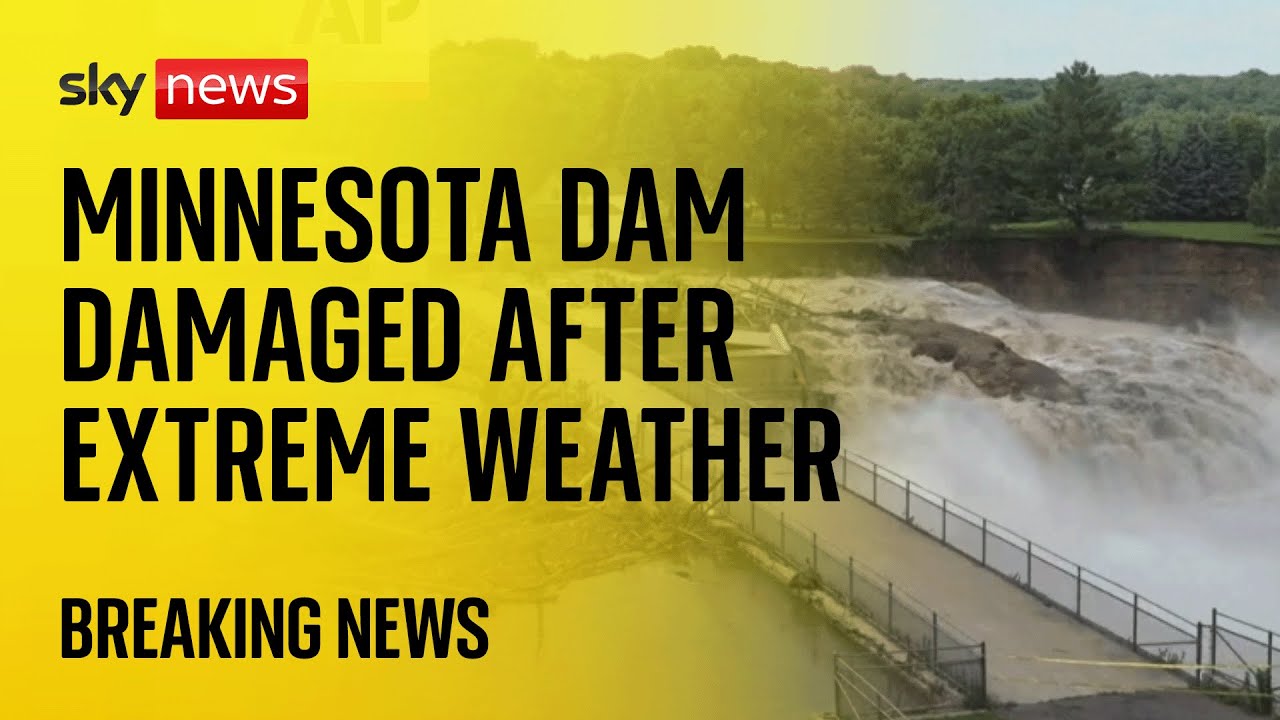General Information and History

Rapidan dam in minnesota – Nestled amidst the picturesque landscape of southern Minnesota, the Rapidan Dam stands as a testament to human ingenuity and the harnessing of nature’s power. Its primary purpose is to generate hydroelectric power, contributing to the state’s renewable energy portfolio.
The dam’s construction commenced in 1910 and was completed in 1912. Its design features a concrete gravity dam with a height of 54 feet and a length of 1,020 feet. The dam impounds the Blue Earth River, creating Lake Rapidan, which serves as a reservoir for the hydroelectric plant.
Modifications and Renovations
Over the years, the Rapidan Dam has undergone several modifications and renovations to enhance its efficiency and safety. In 1958, the original wooden spillway gates were replaced with steel gates to improve water flow control. Additionally, in 1989, the dam’s generating capacity was increased with the installation of a new turbine.
Environmental Impact: Rapidan Dam In Minnesota

The construction of the Rapidan Dam has had a significant impact on the surrounding ecosystem, particularly in terms of water flow, fish populations, and wildlife habitats.
The dam’s presence has altered the natural flow of the Rapidan River, creating a more stable and consistent flow rate downstream. This has had both positive and negative consequences. On the one hand, it has reduced the risk of flooding and erosion, and has improved water quality. On the other hand, it has also disrupted the natural spawning and migration patterns of fish, and has reduced the amount of sediment that is carried downstream, which can have negative impacts on aquatic ecosystems.
Fish Populations, Rapidan dam in minnesota
The dam has had a significant impact on fish populations in the Rapidan River. The construction of the dam has blocked the migration of fish upstream, and has also created a barrier to the movement of fish downstream. This has led to a decline in the populations of several fish species, including trout, salmon, and sturgeon.
Wildlife Habitats
The dam has also had a significant impact on wildlife habitats in the area. The creation of the reservoir has flooded a large area of land, which has destroyed or fragmented the habitats of many species of wildlife. This has led to a decline in the populations of several species, including deer, bear, and birds.
Mitigation Measures
A number of measures have been taken to mitigate the negative environmental impacts of the Rapidan Dam. These measures include the construction of fish ladders and bypass channels to allow fish to migrate around the dam, and the creation of wildlife refuges and protected areas to provide habitat for displaced wildlife.
Recreational and Economic Importance
The Rapidan Dam serves as a popular recreational hub, offering a wide range of activities that cater to diverse interests.
Fishing enthusiasts are drawn to the reservoir’s abundant fish population, which includes species such as walleye, northern pike, and bass. Anglers can indulge in both ice fishing during the winter months and open-water fishing during the warmer seasons.
Boating and Water Sports
The reservoir’s expansive surface area provides ample space for boating enthusiasts to navigate and explore. Motorboats, sailboats, and kayaks are common sights, allowing visitors to enjoy the serene waters and picturesque surroundings.
Hiking and Nature Trails
The dam’s vicinity encompasses a network of hiking trails that wind through diverse ecosystems, including forests, wetlands, and prairies. These trails offer opportunities for nature enthusiasts to immerse themselves in the area’s rich flora and fauna.
Beyond its recreational significance, the Rapidan Dam also plays a vital economic role in the region.
Tourism and Recreation
The dam’s recreational amenities attract a steady stream of tourists, generating revenue for local businesses such as lodging, dining, and retail establishments.
Flood Control and Water Management
The dam’s ability to regulate water flow helps mitigate the risk of flooding downstream, protecting communities and infrastructure.
Hydroelectric Power Generation
The dam’s hydroelectric power plant generates clean, renewable energy, contributing to the region’s energy grid and reducing reliance on fossil fuels.
